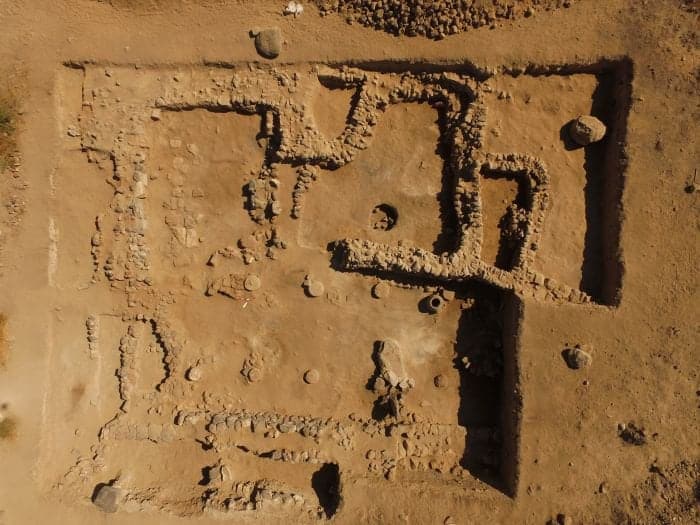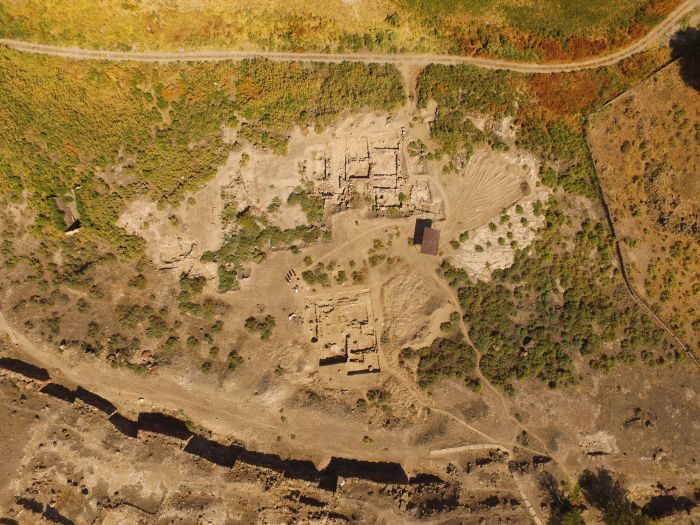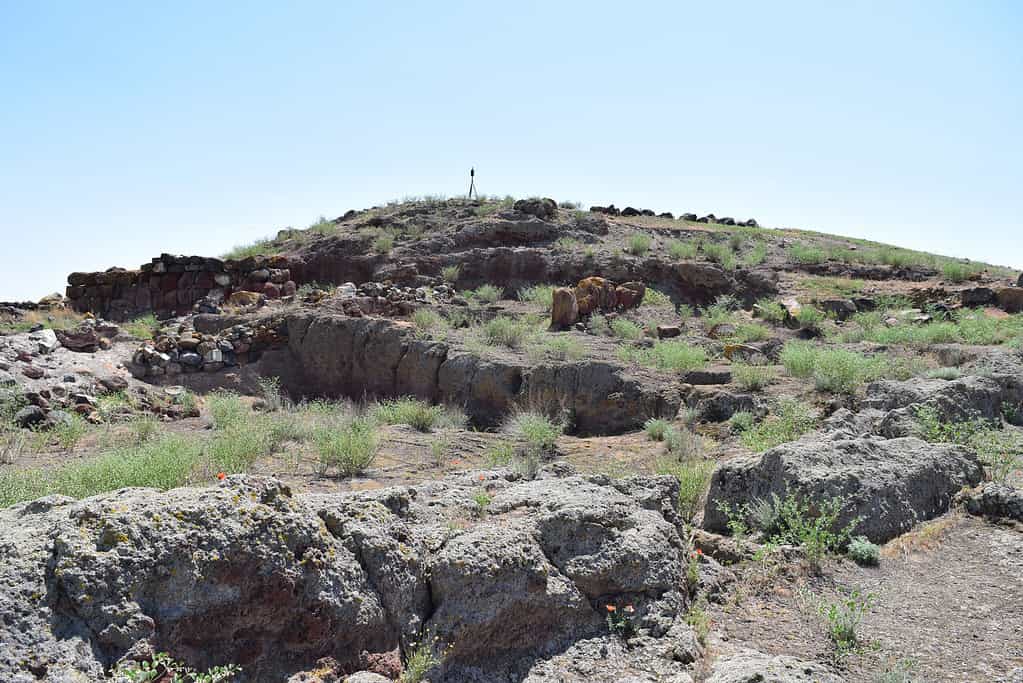
When researchers first found an ancient powdery substance along with the buried structure, they thought it was ash. After all, the clues pointed towards a big fire — the charred remnants of the building’s roof and beams certainly suggested so. But upon closer examination, the substance turned out to be something very different: flour.
Flour is not something you typically find in archaeology. It can be found in houses, but this was not a house. It was a big structure, and when researchers also found some furnaces, they realized it was a big, ancient bakery.
Baking bad
The unassuming Armenian town of Metsamor actually has many well-kept secrets. The city lies next to an archaeological site that goes back thousands of years. Some 4,000 years ago, the settlement occupied 10 hectares and was surrounded by massive walls to keep invaders at bay. It continued to grow, and by 3,000 years ago, it had expanded to almost 100 hectares, featuring several temples, monuments, and thriving industry and agriculture.
It was one of the most important cultural and political centers in the area.
Archaeological research in Metsamor has been conducted since 1965. During Soviet times, research was carried only by Armenian scientists, but more recently, a thriving collaboration with Polish archaeologists started. Just in the past year, the teams found a “Golden Tomb” filled with stunning jewels and artifacts. Previously, they found gold necklaces and gilded belt fittings with depictions of hunting lionesses. Now, they’ve found something even more surprising: the ancient remains of a big bakery.
No doubt, a settlement this big required some major food processing.

You can’t eat the flour
Researchers found “two rows of a total of 18 wooden columns supporting a reed roof with wooden beams,” according to a release by Poland’s Science for Society. The researchers also found evidence that several furnaces were added later.
A structure of this size is not common for that time. Sadly, the building met its end in what appears to have been a big fire, but this fire helped to preserve it.
“It is one of the oldest known structures of this type from the southern Caucasus and eastern Anatolia. Its remains have been preserved so well only thanks to an ancient fire that put an end to it,” says Prof. Krzysztof Jakubiak from the Faculty of Archeology of the University of Warsaw, who was involved in the research.

However, it’s also possible that the flour was used for divination, which would make the building more like a temple than a bakery — though it may have had functions of both. More research is required to pinpoint its exact use, the team explains.
Still, the fact that the structure could have held 7,000 pounds (over 3 tons) of flour hints at mass production. Unfortunately, you can’t really eat or cook the flour — it’s all charred remains by now.
For the next stages of the research, the team will explore the neighboring rooms of the structure and try to uncover more clues about its use.
Metsamor was continuously inhabited for thousands of years, and it won’t give out its secrets that easily. So, it’s back to the trenches for our archaeologists, braving the unyielding Armenian soil and time itself. But one thing’s for sure — Metsamor still has many more tales to tell. It’s an exciting ride through history, and we’re all eager to see what surfaces next.









